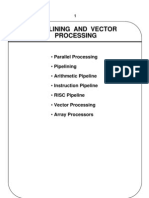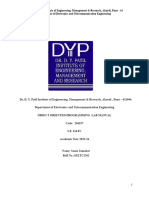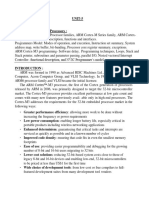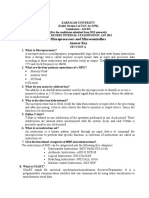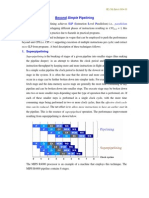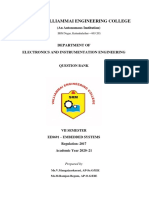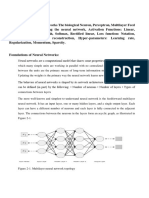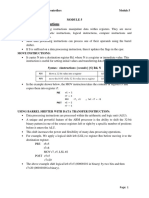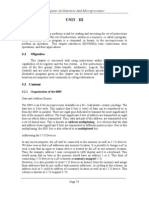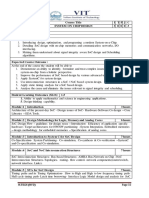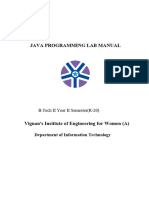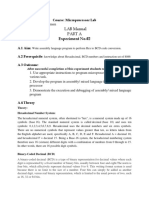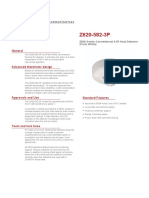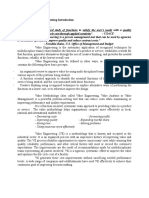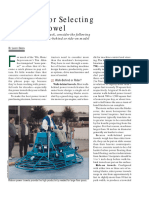100% found this document useful (6 votes)
1K views29 pagesAdvanced Computer Architectures
The document discusses parallel processing techniques like pipelining and vector processing. It describes pipelining as breaking down sequential operations into suboperations that can execute concurrently on different segments. This allows new instructions to enter the pipeline before previous ones finish. Vector processing involves performing the same operation on multiple data elements simultaneously using SIMD processors. The document also covers Flynn's classification of computer architectures based on the number of instruction and data streams, and provides examples of SISD, MISD, SIMD, and MIMD systems.
Uploaded by
mansiCopyright
© © All Rights Reserved
We take content rights seriously. If you suspect this is your content, claim it here.
Available Formats
Download as PPT, PDF, TXT or read online on Scribd
100% found this document useful (6 votes)
1K views29 pagesAdvanced Computer Architectures
The document discusses parallel processing techniques like pipelining and vector processing. It describes pipelining as breaking down sequential operations into suboperations that can execute concurrently on different segments. This allows new instructions to enter the pipeline before previous ones finish. Vector processing involves performing the same operation on multiple data elements simultaneously using SIMD processors. The document also covers Flynn's classification of computer architectures based on the number of instruction and data streams, and provides examples of SISD, MISD, SIMD, and MIMD systems.
Uploaded by
mansiCopyright
© © All Rights Reserved
We take content rights seriously. If you suspect this is your content, claim it here.
Available Formats
Download as PPT, PDF, TXT or read online on Scribd
/ 29
